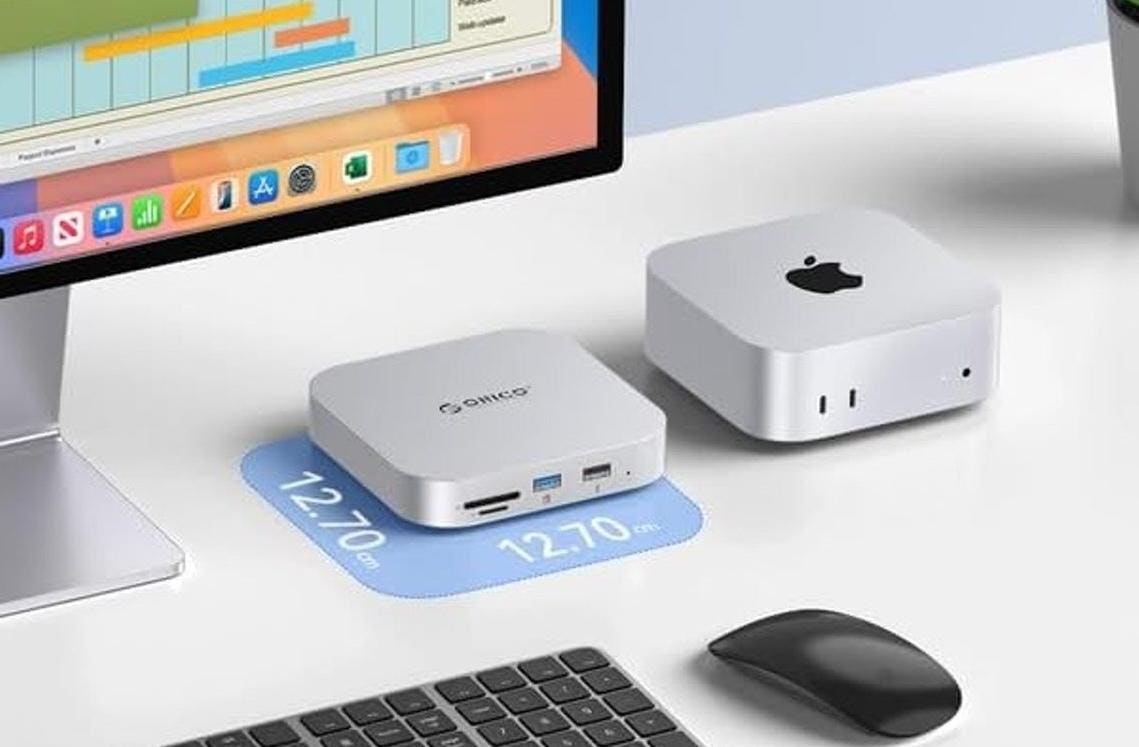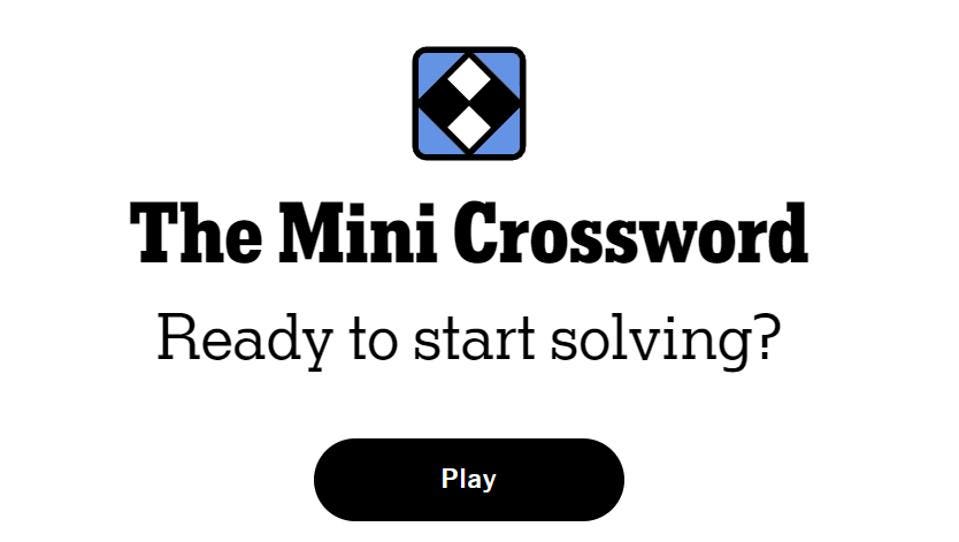Tech leaders are constantly navigating shifting priorities, tight deadlines and high-stakes decisions. Therefore, making the most of their time and resources is crucial. Finding the right productivity tools and methods can help even the busiest tech leaders manage their to-do lists without burning out.
Below, 20 industry leaders from Forbes Technology Council share practical approaches they lean on and recommend to sharpen focus, protect time and make meaningful progress on what matters most. Whether you’re leading a startup or scaling a global team, these methods can help you work smarter under pressure.
1. Combine Prioritization And Time-Blocking
As a busy tech leader, I lean heavily on time-blocking paired with a lightweight Eisenhower Matrix approach. I start by using the matrix to quickly prioritize tasks, separating what’s urgent and important from what can be scheduled, delegated or dropped. Then, I block focused time on my calendar for high-impact work, strategic thinking and decision-making. – Jiazhen Zhu, Walmart
2. Delegate To Stay Focused On The Big Picture
I invest in and handpick rock-star performers for my team, and I trust them, taking a hands-off approach. This allows me to delegate specific work items to subject matter experts while I think ahead and focus on the big picture—our three- to five-year vision. Delegation and looking at the big picture are the best ways for a leader to be productive, in my honest opinion. – Vibhas Zanpure, Amazon
Forbes Technology Council is an invitation-only community for world-class CIOs, CTOs and technology executives. Do I qualify?
3. Blend Time Boxing, Automation And Ruthless Prioritization
I use three techniques to maximize my time. First, time-boxing: I block off fixed periods of time and take on one or two tasks that must be done within the time box. Second, automation: I use AI tools to automatically prioritize and schedule meetings that I want to have, so I spend zero time scheduling. Third, I prioritize brutally, only doing tasks that need my input and delegating (or deleting) the rest. – David Norris, Affineon Health
4. Leverage Tested Productivity Techniques
I use my calendar as a command center and apply the 5-5-5 decision-making method, as in, “How will this matter in 5 days, 5 months, or 5 years?” I batch emails into two to three windows and protect deep work time. I follow the “hell yeah or no” rule developed by Derek Sivers and use the 80/20 rule, Parkinson’s Law and weekly reviews to stay focused on what truly matters. That’s been my North Star. – Jaya Eripilla, BANK OF AMERICA
5. Consolidate Projects Into One List
In 20 years, I’ve never seen a “super high productivity” person who keeps their projects in more than one list. It’s way easier to be productive when you can see everything in one place and then focus on the work that actually matters. – Lihong Hicken, TheySaid
6. Combine Weekly Planning With Daily Long-Term Goal Reinforcement
To maximize daily productivity, I do two key things. It takes me about 10 minutes on a Thursday or Friday to do my weekly planning for the next week. I review my daily meetings and rituals and plan key tasks. Then on a daily basis, I physically write my top five to 10 goals for the year and execute the day’s plan. The daily writing of long-term goals impresses them on the subconscious mind, and it flows from there. – Kerrie Hoffman, Hoffman Digital
7. Prioritize Health And Leverage AI
My preferred method is ensuring I get adequate sleep and exercise. Poor sleep and no exercise destroy cognition and focus. I also prefer using AI companions like custom GPTs to enhance productivity at work. – Sudhanshu Duggal, Procter & Gamble
8. Reserve Flexible Time For Strategic Thinking
Rigid scheduling isn’t always practical for me—flexibility is essential. That said, I reserve time later in the day to focus on top priorities that require deeper thought. I research and break down each issue—what it is, why it matters, what outcomes we’re aiming for and how we’ll get there. I diagram processes and paths forward to bring structure and clarity to complex decisions. – Eddy Azad, Parsec Automation
9. Master The Art Of Saying ‘No’
Tapping into the power of saying “no” is my preferred method for maximizing daily productivity. This approach works exceptionally well because it allows leaders to focus on essential tasks, avoid overcommitment and maintain control over their time and priorities, ultimately leading to more efficient and effective leadership. – Nick Damoulakis, Orases
10. Schedule Deep-Focus Intervals To Minimize Context Switching
I rely heavily on time blocking with strict deep-focus intervals. By scheduling dedicated blocks for intense work, separate from the windows I reserve for quick requests or team huddles, I minimize context-switching. It keeps me laser-focused on high-impact tasks without sacrificing accessibility for my team. – Jason Nathaniel Ader, Qryptonic, Inc.
11. Cluster Similar Tasks
I use context clustering. First, I label each task by what kind of mindset it needs—deep focus, talking to people, routine admin, creative work or learning. Then I group my day into blocks for each label: one stretch for deep focus, one for calls, one for paperwork and so on. Sticking to one type of work at a time means fewer mental gear shifts, so I get more done. – Margarita Simonova, ILoveMyQA
12. Identify And Prioritize Critical, Time-Sensitive Tasks
Focus on prioritizing tasks to maximize productivity. By identifying and prioritizing the most important and time-sensitive work, I ensure that critical projects stay on track while minimizing distractions. This approach helps me stay organized, make the best use of my time and keep my team aligned on key priorities. – Adam Lieberman, Finastra
13. Master Hyper-Tasking For High-Intensity Productivity
I’m a huge fan of hyper-tasking. When you focus on one thing immersively, you get it done with vigor. The ’80s mentality of multitasking is passé and very limiting. I get much more done by insanely focusing on each to-do item. I would also credit a lot of my success to spending more mental energy on the tasks, resulting in a lot less follow-up. – Tom Roberto, SG Network Services
14. Balance Delegation And Energy Management
I rely on ruthless prioritization and time blocking. My team knows our mission and when to say “no.” I delegate noncritical tasks and skip meetings where I’m not essential. My one-on-ones last 25 minutes and team calls 45—but we stay longer if needed to brainstorm. It’s not FOMO—it’s protecting energy to lead with clarity, not depletion. – Natalia Kuklova, Webster Bank
15. Take The GTD Approach
I use David Allen’s system, “Getting Things Done.” As a busy tech leader, it helps me clear my mental clutter by organizing tasks into actionable items. I stay focused and on track by capturing everything that needs attention and reviewing regularly. GTD ensures I’m not just busy, but also making meaningful progress on the right things. – Shaun Fisher, Rotageek
16. Leverage Automation To Protect Time
I front-load high-impact decisions into my early mental peak hours, then rely on AI to triage, schedule and automate the rest. My productivity system isn’t a matrix—it’s delegation to machines. This way, I protect strategy time, reduce cognitive drag and keep context switching to a minimum. The future of leadership is about conserving clarity, not just managing time. – Roi Sorezki, twik
17. Organize Priorities With A T-Column System
I use a T-column template each morning to organize my priorities and keep my focus razor-sharp. Tasks are sorted by significance, urgency and impact. Mission-critical items are on the left, featuring things that are both important and time-sensitive. Momentum-builders are on the right, featuring tasks that aren’t urgent but that will drive long-term outcomes. – Judit Sharon, OnPage Corporation
18. Use Time-Boxing To Stay Flexible
I swear by time-boxing rather than time-blocking. Instead of rigid hour blocks, I allocate flexible boxes of time with clear deliverables. This accommodates the unpredictable nature of leading a mobile app development company while maintaining accountability. It gives me structure without sacrificing the adaptability needed when clients face emergencies or new opportunities suddenly emerge. – Marc Fischer, Dogtown Media LLC
19. Find The Best Tool For Each Task
I am always looking for the right tools for each task, as this not only saves time, but also, more importantly, enhances my overall experience. For example, I may not love writing and editing large documents, but with the use of Markdown and the right editor, I find that writing is easier to manage and much more enjoyable. – Daniel Jebaraj, Syncfusion, Inc.
20. Tackle Both Quick And Daunting Tasks First Thing
As a tech leader, small tasks can balloon quickly. For me, the “Two-Minute Rule” stops that: If a task takes less than two minutes, I knock it out immediately. Equally vital is the “Eat the Frog” philosophy, which prompts me to tackle the biggest, most daunting activities first thing each morning. This builds momentum and prevents critical items from perpetually being deferred. – Neil Lampton, TIAG








